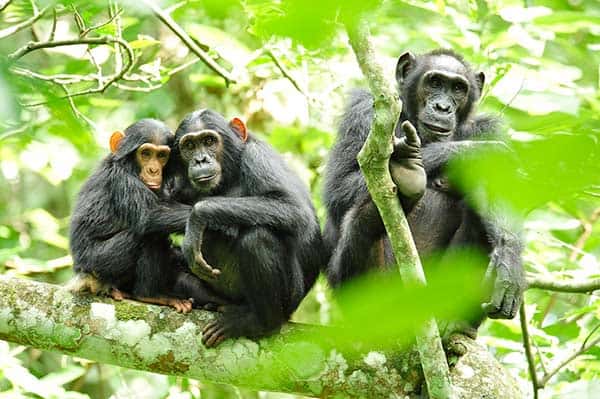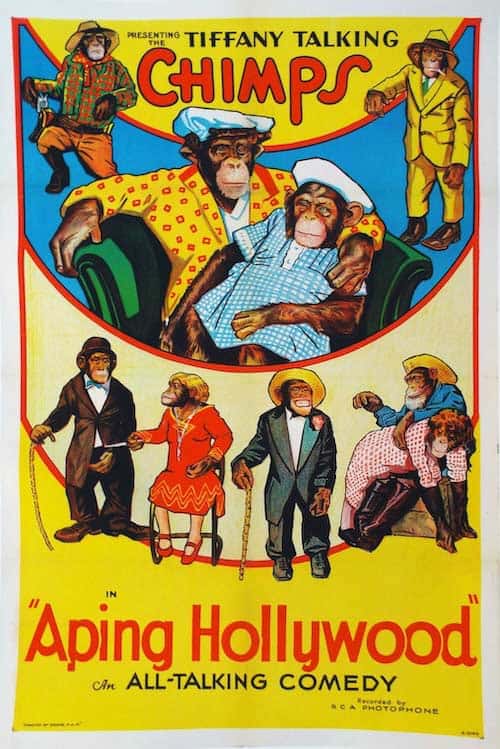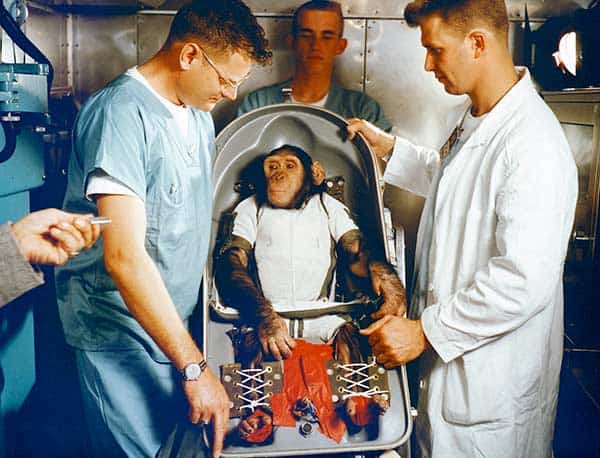The Gombe Chimpanzee War
There is a commonly held but flawed presupposition opining that, somewhere out there, some people are innately good. That just has not been my experience. There are certainly fine folks of character wandering about. I strive to count myself among them.
However, underneath, I would assert that we all come from the factory broken. Absent a little divine grace, we’re all predictably dreadful. Should you be covetous of examples, I would put forth Adolf Hitler, Jeffrey Epstein, Hillary Clinton, your typical two-year-old toddler, and whoever invented digital pop-up ads.
Human Nature
I’m not sure where you stand on the whole kinship to monkeys thing. I have my own opinions about how we all got here. However, anthropomorphizing human character traits onto the animal kingdom will not take you to a happy place.
The adorable kitten that seems so entertaining as it chases the spot from your laser sight around the room? That little monster is just trying to catch some defenseless creature so it can rip the very life out of it. The puppy who so enjoys its new squeaky toy? That thing is, in its mind at least, killing a bunny rabbit with its teeth. We live in a pervasively broken world. The animal kingdom is dirty with examples.
The War
Chimpanzees are cute … from a distance. I cut my teeth on Saturday morning Tarzan movies. There was a time when I coveted such a pet myself. However, it turns out that chimps are actually bloodthirsty killers, just like the rest of us.
In the early 1970s, Mike, the alpha male leader of a pack of chimps in Tanzania, was reaching the end of his use-by date. As a result, this previously coherent pack of primates fractionated into two clans. The researchers who were studying them titled the two groups the Kasakela and the Kahama. I have no idea what those names mean.
The separation was not instantaneous. It took about eight months. Eventually, the Kahamas consisted of six grown males — Hugh, Charlie, Godi, De, Goliath and Sniff — along with three adult females and their associated offspring. The Kasakela retained eight adult males — Figan, Satan, Sherry, Evered, Rodolf, Jomeo, Mike and Humphrey — as well as a dozen females and their kids.
There was plenty of space. You might think that these two tribes of chimps, all descended from common progenitors, might just stake out some territory and live in harmony. Perhaps they’d host play dates for the little guys or engage in the occasional supper club among friends just to maintain the family ties. Nope, that’s not the way things went at all.
Over the next four years, the Kasakela clan engaged in an intentional and focused campaign of extermination against the Kahamas. Hugh and Charlie of the Kahamas also undertook deep penetration missions into Kasakela territory, sowing mayhem. They used all manner of improvised weapons in pursuit of their martial goals. Sharp stones were particularly in evidence.
Details
Chimpanzees are fiercely territorial. During the course of the Gombe War, male chimps on both sides aggressively patrolled the periphery of their communities, raiding as the opportunities arose. Then, on January 7, 1974, things got seriously kinetic.
Six adult Kasakela males, along with one female named Gigi, ambushed Godi while he was out feeding and beat him to death. Then, they fell upon De, wounding him so severely that he succumbed in short order. After that was Goliath. Hugh followed soon thereafter. They then attacked and killed Charlie, followed by a female named Madam Bee.
In each case, the Kasakela chimps operated like a cohesive unit, systematically isolating their enemies so they could attack on favorable terms. Eventually, Sniff was the only remaining Kahama male. However, roughly a year later, a Kasakela war party encountered him alone and killed him as well. Along the way, the Kasakela murdered one female, ran two off, and kidnapped three who were brought back to Kahama lands as war booty.
Once the Kahama tribe was liquidated, the Kasakela moved in and seized their territory. However, other neighboring chimp clans were stronger and more numerous. In short order, the Kasakela were pushed back into their original boundaries.
Jane Goodall, the legendary chimpanzee expert, was on hand to document these events. In her memoir “Through a Window: My Thirty Years with the Chimpanzees of Gombe,” she wrote, “For several years, I struggled to come to terms with this new knowledge. Often when I woke in the night, horrific pictures sprang unbidden to my mind — Satan, cupping his hand below Sniff’s chin to drink the blood that welled from a great wound on his face; old Rodolf, usually so benign, standing upright to hurl a four-pound rock at Godi’s prostrate body; Jomeo tearing a strip of skin from Dé’s thigh; Figan, charging and hitting, again and again, the stricken, quivering body of Goliath, one of his childhood heroes.”
Ruminations
I wish the Russians would leave the Ukrainians alone. I’d also be happier if their Arab neighbors could just stop firing rockets into Israel. It would be nice, while we’re dreaming, if we Americans got along a little better, too. Then, I wouldn’t have to sit on a pistol every time I zip into town to pick up a gallon of milk. However, that’s just not the world we live in.
I carry a gun because people are bad. It turns out that chimps are born sinful as well. So are lemurs, frogs, tigers, elephants and bacteria. We push back against that darkness as best we can, but it also behooves us to be prepared. That’s why the founders included the Second Amendment right there after the First.
After reading about the Gombe Chimpanzee War, a Polish poet named Katarzyna Zechenter wrote “The First Civil War in Gombe 1974–1978.” In it, she said, “Still, I don’t understand, were these chimps so human, or are we such animals?” Indeed.







